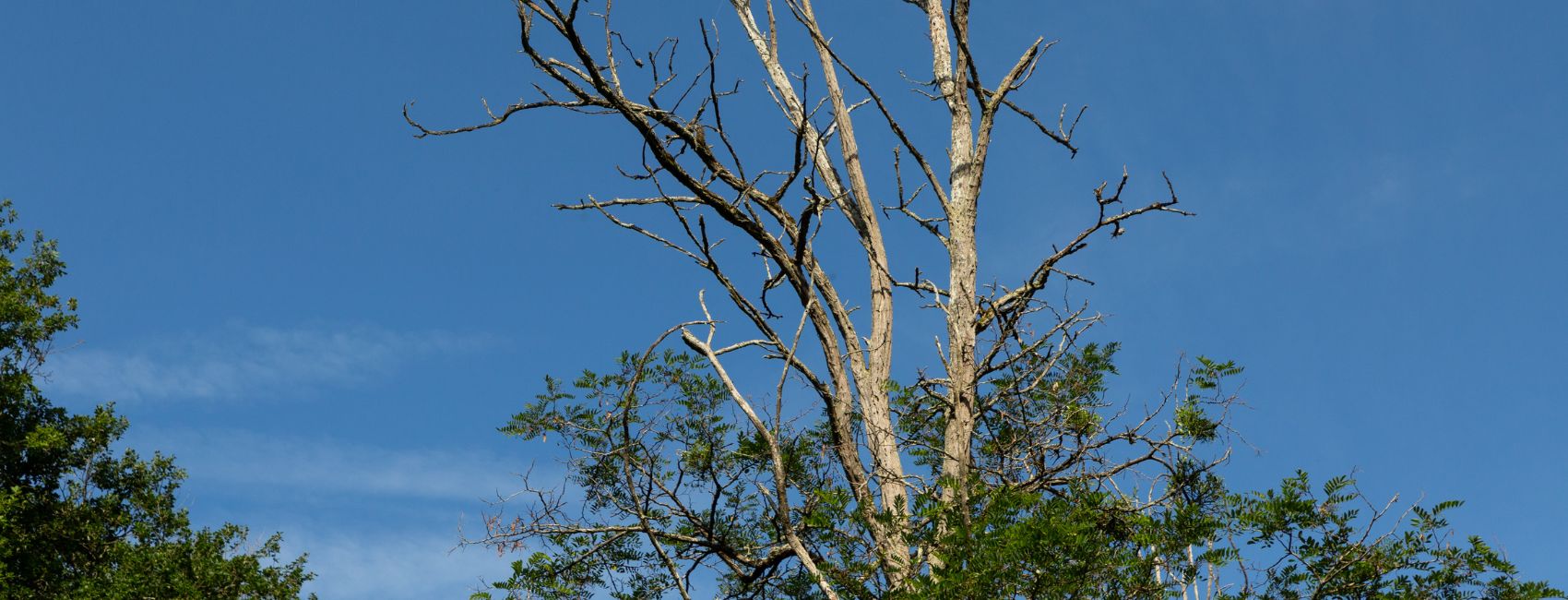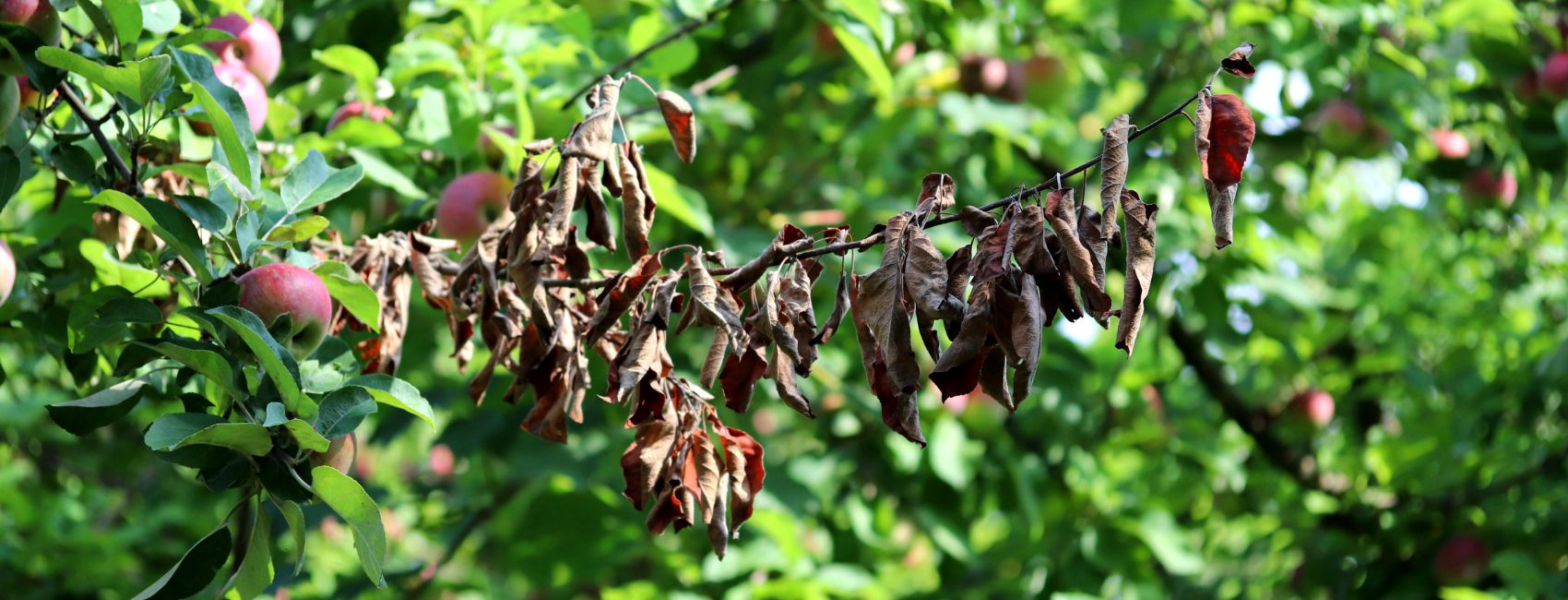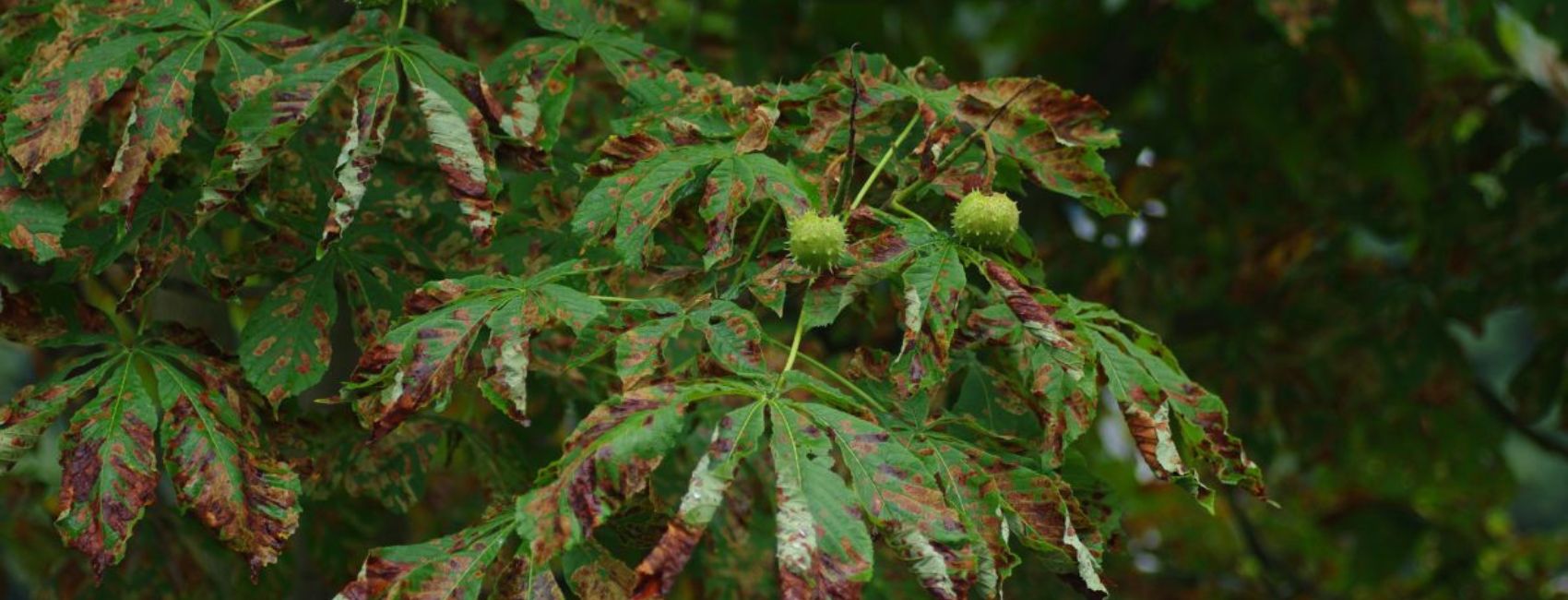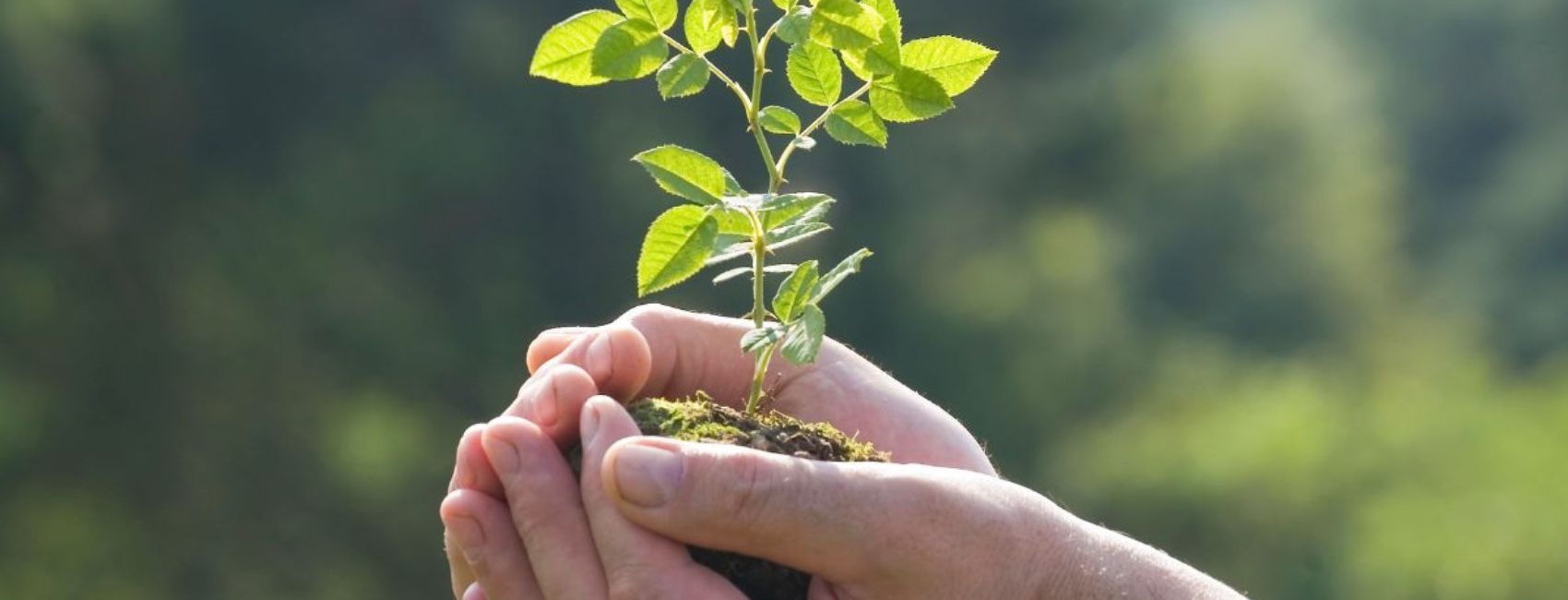Cicadas of Summer
Summer is in full swing, BBQ’s, fireworks, the beach, and everyone is finally coming out of their homes from a long winter of hibernation. It may not be something you notice right away. The trees look different this year… Tree canopies have a tinge of brown, limbs slightly stunted, some not growing any leaves at…
William Gambone
Summer is in full swing, BBQ’s, fireworks, the beach, and everyone is finally coming out of their homes from a long winter of hibernation. It may not be something you notice right away.
The trees look different this year…
Tree canopies have a tinge of brown, limbs slightly stunted, some not growing any leaves at all, fruit vines and trees not producing like before. Cicadas do more than just make an annoying sound, they feed on the roots of our trees, emerge from the ground, lay hundreds of eggs in our tree limbs and fruit vines and then leave their caucuses behind. Today we will tell you how to help your trees live their best life after the Cicada season.
Next time you are out back take a look at your trees, specifically the smaller branches. The adult Cicada can lay up to 500 eggs before their time is up. The pattern resembles a train track slit in the branch. After about 10 weeks, the cicadas fall and dig their way underground to feed on the roots of the tree. It is important to prune any dead area within 4-6 weeks if you would like to prevent the cicadas from hatching on your property. It is imperative to beside to remove the dead branches so that new life can emerge. Arborjet’s NutriRoot can also help provide the nutrients your tree needs to grow after the trauma, just like humans, trees thrive with the proper nutrients. If the damaged limbs are left on the trees it can become a breeding ground for a number of pests and diseases. In larger trees “flagging” can appear, this is when you see patches of brown leaves throughout the trees, some branches do not produce any leaves at all.
Unfortunately for some of the younger trees and fruit vines the damage can be more detrimental. Earlier this season we posted about the importance of covering your younger trees to help prevent the Cicadas from laying their eggs on the branches, destroying a branch that could have grown into a large lasting beautiful limb is now injured and damaged.
If you are unsure what to look for, give us a call today for a free consultation. We can offer guidance on how to keep your trees at their healthiest for years to come.
Resources :
NPR.org; Jacob Fentston
University of TN institute of Agriculture; uita.Tennessee.edu
wtop.com ; John Domen
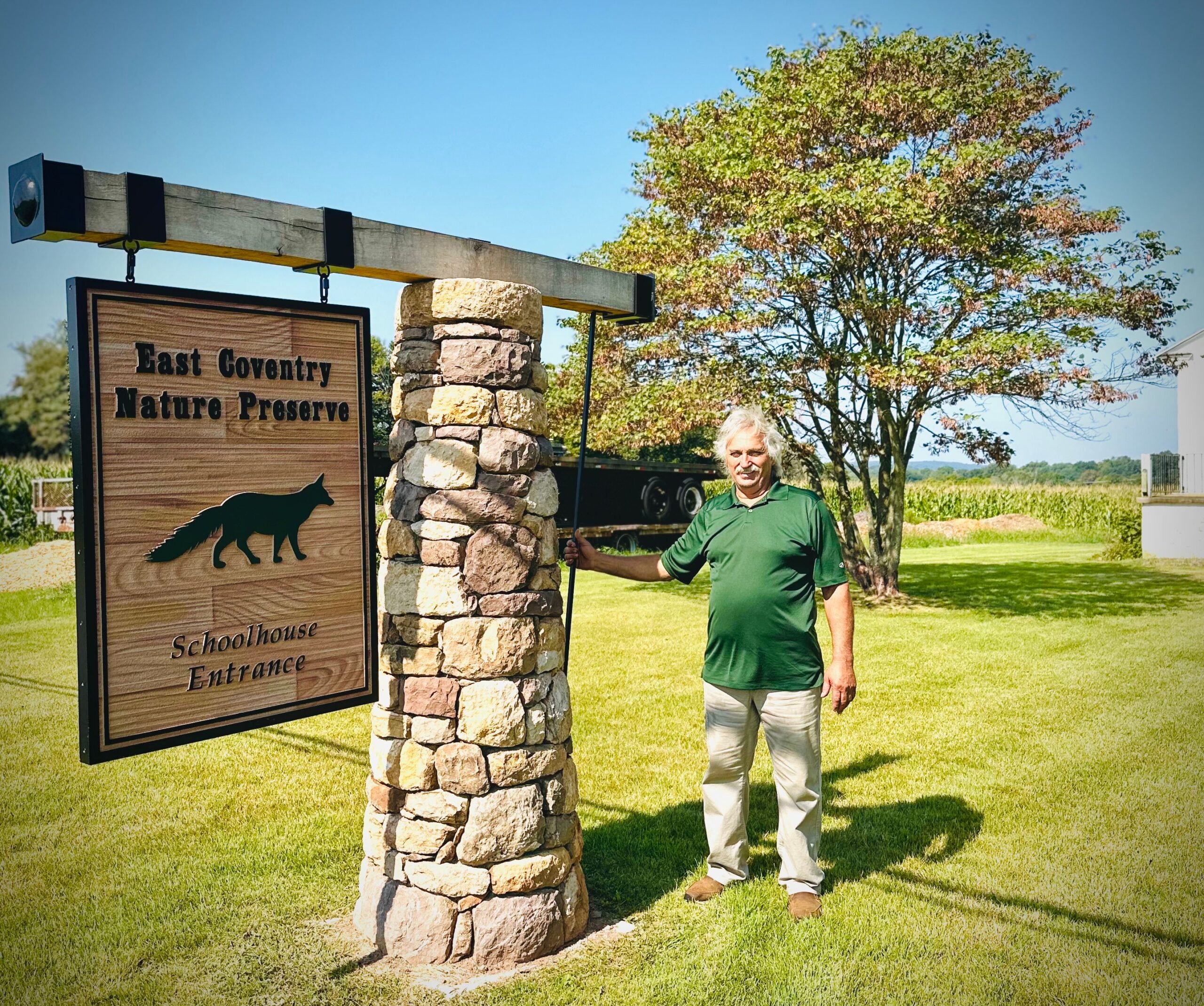
William Gambone
With almost 40 years of success in the tree care industry, it is evident that Bill’s passion extends beyond just the trees. He takes great pride in building relationships within the community, making B.G.


